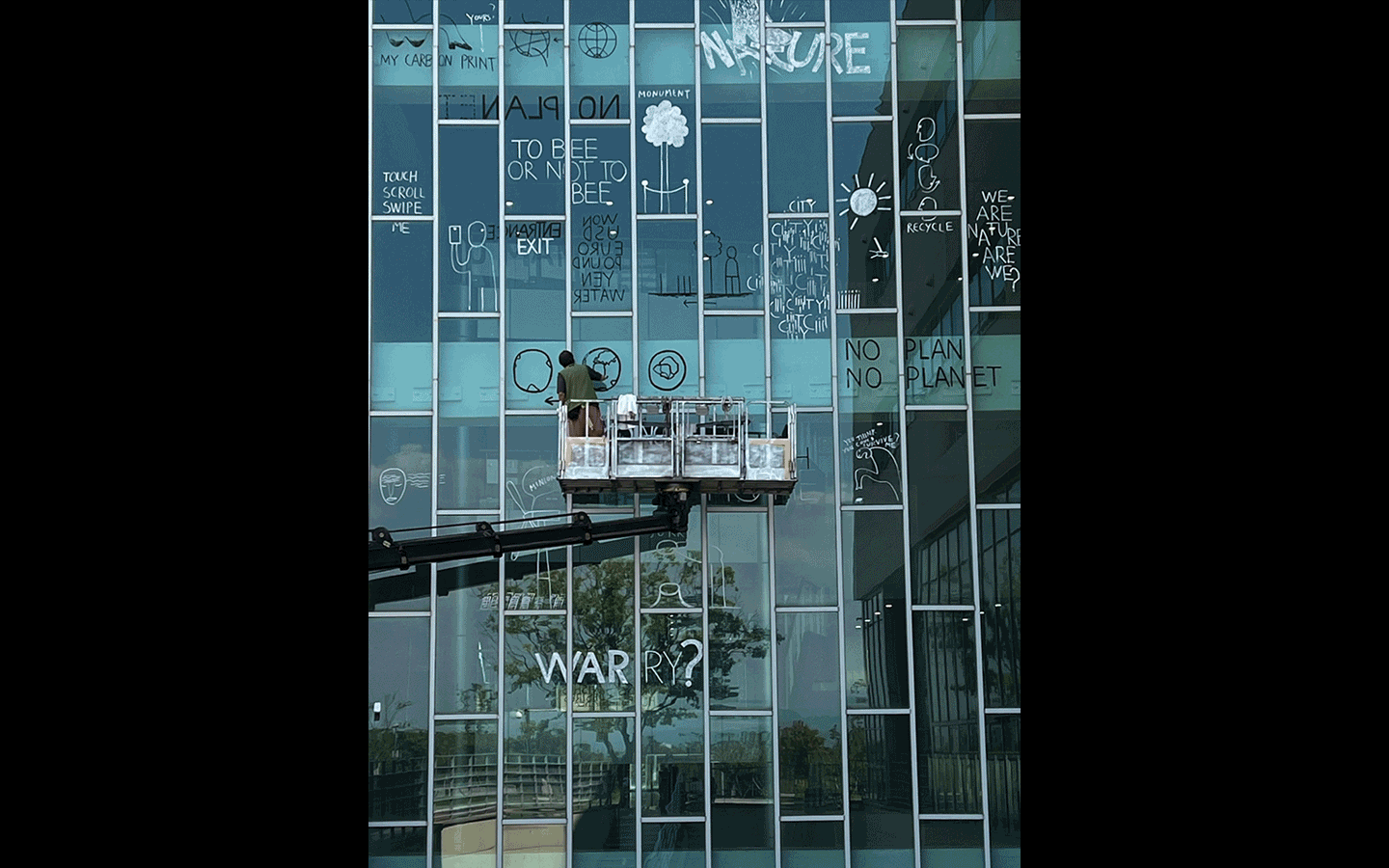Press Release
The present era is commonly referred to as the era of climate crisis. In this context, how is the climate crisis presented and perceived? If we reflect on how such things are visualized, climate issues are perceived in the realm of subjective sensory experiences such as weather or natural phenomena, or symbolically through scientific indicators converted into measurements of atmospheric carbon dioxide levels and global temperature changes. This indicates that no one, regardless of their expertise, has been able to capture adequately a sense of the true immensity of a future global temperature rise of 1.5 degrees.

Utopian Scenario about Nature
Busan Museum of Contemporary Art (Korea)
02.09.2023 - 07.01.2024

A crucial point regarding this notion that the climate crisis has not, as yet, been properly represented lies in its implication of the incompetence of art and that the artistic imagination of our time likewise faces a crisis. Several organizations have been established around the United Kingdom, charged with attempting to apply environmental policies for carbon neutrality. Despite these efforts, debate on sustainability within the art museum has failed to contribute to changes in public perception, their political attitude instead drawing criticism, with museums accused of having become products of the spectacle and complicit in the chaos caused by the climate crisis. However, this failure of representation has become an extremely favorable condition enabling contemporary capitalism to produce new commodity values. This can easily be discerned by paying attention to how the climate crisis is represented in the media today.
These changes in modes of capitalism, promoting environmentally friendly policies across politics, economics, society, and culture, and a reorganization driven by the aestheticization of nature, Utopian Scenario about Nature was conceived to question what “eco-
However, this exhibition is not to summarize the historical lineage of ecological art. Representing the era of climate crisis entails visualizing a restructured form of nature within capitalist history. The artworks in this exhibition offer a critical exploration of today’s ecological capitalism, both in their attempt to represent socialized and historicized nature and also in going beyond the normal narrow material dimensions of visualization in exhibitions and advocating for forms of social practice. Whilst the former conjures images of obscure capital flowing from plantations, mines, oil wells, and the deep sea, the latter directly engages with life, involving workers, refugees, volunteers, social activists, policy researchers, and so on. This exhibition represents a step towards establishing genuinely “eco-
Artists: Kang Sindae, Kang Hong-
Exhibition 02 September 2023 -

© ArtCatalyse International / Marika Prévosto 2023. All Rights Reserved
[1] Dan Perjovschi, Climate Drawings—Human Nature, 2023. Makers drawing on glass, dimensions variable. Commissioned by Busan MoCA. [2] YOUNG-
